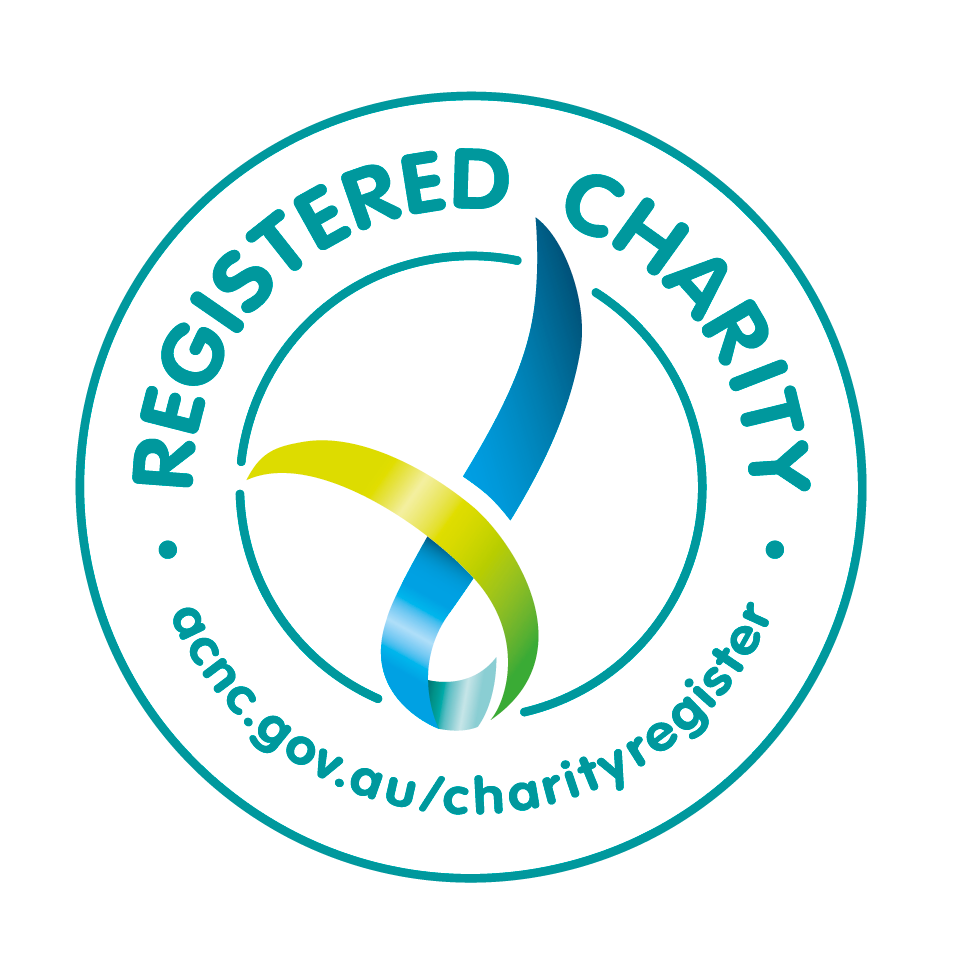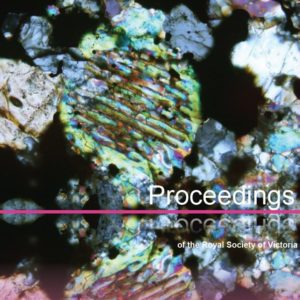When it comes to your heartbeat, you want it the way Goldilocks does: just right. The improper beating of the heart – whether too slow or too fast or irregular – is known as arrhythmia. Biomedical engineer Professor Natalia Trayanova is revolutionising the way we track and treat our hearts with incredible new digital technologies to assist clinicians.
Dr Rajesh Ramanathan combines nanoparticles with light to achieve a wide range of biomedical applications. From sensing chemicals and bacteria, to healing wounds and imaging patients, his nanotechnology is at the forefront of biomedical science and its potential is endless. Winner of the 2019 Phillip Law Postdoctoral Award for Physical Sciences, Dr Ramanathan shared his journey to incorporate elements of nature into the design of nanoparticles for a wide range of biomedical applications. By shining a light on patients and nanoparticles, he can reveal their glucose levels, repair their wounds, and image their tumours.
Among epileptic patients, 70% are effectively treated with drugs and live a generally normal life, but the other 30% are resistant to these drugs. Some can get around this by having invasive surgical procedures. Yet despite progress of the last 30 years to improve epilepsy treatment, the percentage of patients who cannot be treated remains at 30%. One of the most debilitating aspects of epilepsy is the uncertainty of when a seizure will occur – even if they are as infrequent as two a year. If you don’t know when the seizures will come, you cannot know when you are safe. Professor David Grayden wants to predict the onset of seizures, which could change the lives of over 15 million people.








